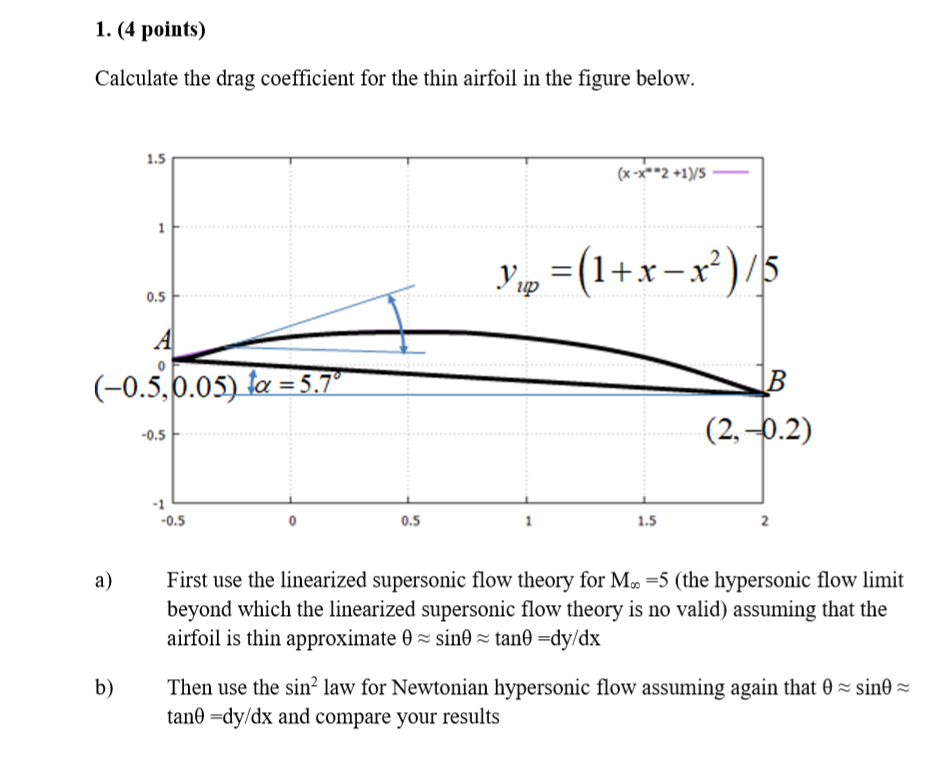

The upper limit of practical airfoils is at 20% to 22%, the root thickness of the Davis wing as used in the B-24 and B-29.Īirfoils are usually divided in "thin" and "thick" according to their stall behaviour: trailing edge stall, leading edge stall, and thin airfoil stall. In all other applications thicker airfoils with a blunter nose should be preferred because they allow to store more fuel and to make the load-carrying structure more efficient.

for trans- and supersonic flight where thickness causes wave drag.when the local angle of attack is well controlled, such as in flaps and turbo machinery, and.Thin airfoils make sense in two applications: The stall behavior depends not only on thickness but also on camber and the geometry details of the airfoil nose, but can be used to separate thin from thick airfoils. This gives thin airfoils a nasty stall behavior while thick airfoils stall in more benign ways. Typical for a thin airfoil is a stall originating from the nose, with a sudden separation of upper side flow, while thicker airfoils start to stall with a separation starting from the trailing edge and moving gradually forward. Normally it is around 8% relative thickness, details depending on camber and nose shape.


 0 kommentar(er)
0 kommentar(er)
